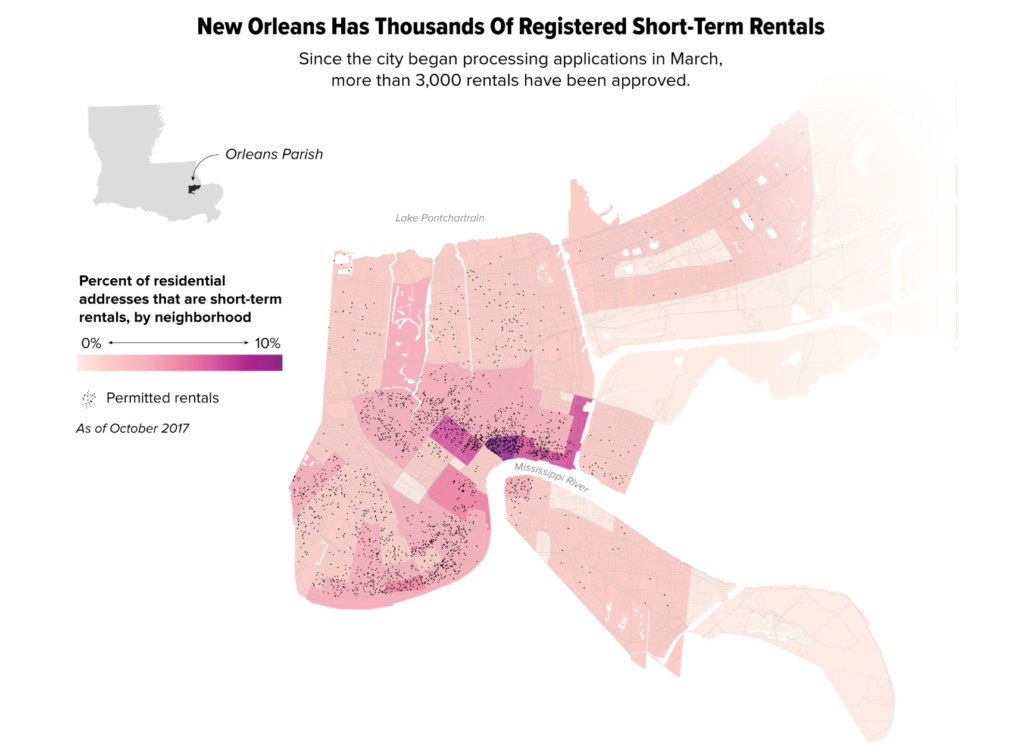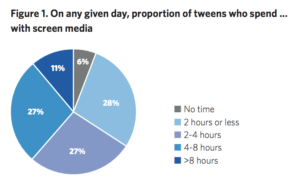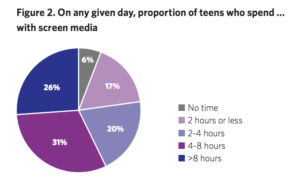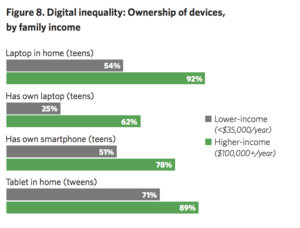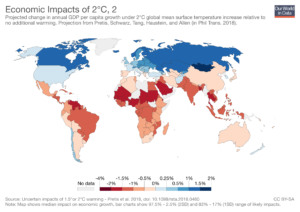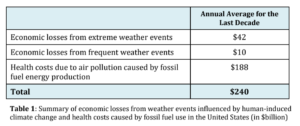In the aftermath of the disappearance and murder of Saudi-Arabian journalist Jamal Khashoggi, President Donald Trump said that he “really wants” to give Saudi Prince Mohammed bin Salman the benefit of the doubt.
Despite the Trump administration’s condemnation to whoever was behind the killing, Trump, in an interview with Fox Business, said that Saudi Arabia has “always been a very good ally” and that the cost of severing ties with the oil-based state could cost “500,000 jobs.” In a separate interview with the Wall Street Journal, however, Trump upped the number of job losses to the “millions.”
Trump is alluding here to the arms deal with Saudi Arabia back in 2017, in which $110 billion in arms contracts were signed in a meeting with Prince Salman and his cabinet. The press release stated that the deal would support “tens of thousands of new jobs in the United States,” not quite a million.
Saudi Arabia is currently the biggest purchaser of U.S arms exports, far ahead of the United States’ next biggest clients—Iraq, Australia, the United Arab Emirates, and Qatar. However, a labor market study by the Aerospace Industry Association showed that total A&D exports accounted for about 1.42 million jobs as of 2016, about 0.9% of the total U.S labor force. Private sector defense workers made up even less, at about 0.5%.
Even still, it’s hard to believe that by cancelling the arms deal, pulling back from our longstanding support of the Saudi monarch, or even embargoing them would cost “tens of thousands” of jobs. Plus, if those jobs are in the public sector, why not put tha labor to use in less mass-murderous activities? It is the aerospace industry after-all. Plenty of profitable investments besides weapons can be made there.
But what about the oil? Over the past few years, the United States has become less reliant on foreign oil. We now produce most of our oil in house, exporting far more than we are importing. From 2005 to 2015 alone, U.S reliance on petroleum imports fell from 60% to 25% while exports increased by over 300%.
And even of those imports, Saudi Arabia makes up about 9% of them. Almost half of current imports come from our neighbors Canada and Mexico. Combined with the fact that the U.S is slowly increasing investment in clean energy, one has to ask ‘what the hell does Saudi Arabia have on us’? There is no reason why we shouldn’t be sanctioning the Saudi business community, at the very least for their near-genocidal war against the Yemeni people using our tax dollars. Nor should we play dumb and look the other way with a thug like Salman. The fact that Saudi Arabia’s got dollars invested in AMC, Uber, and Magic Leap shouldn’t prevent us from taking a very elementary moral stance

